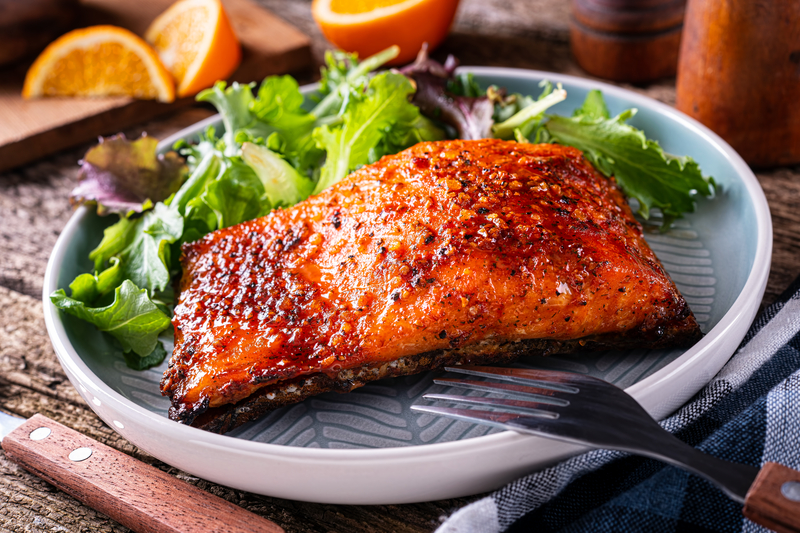If you’re cutting calories and reducing your food intake, you want to make sure that everything that goes into your body is rich in nutrients. Certain foods will give you a greater concentration of protein, vitamins, minerals, fiber, and healthy carbs and fats. The key to a nutrient-rich diet is knowing which foods to choose.
Eat Unrefined Grains
“Don’t eat anything white” is a good rule to follow. Foods like white breads, pastas, rice, and flour have all been highly processed. They lack the fiber and full proteins found in brown and whole-grain alternatives.
Brown rice, for example, retains the natural outer layers of the grain, called the germ and the bran, which give you fiber and B vitamins. Fiber acts as a digestive aid because it is not broken down but passes through your system, absorbing water and waste. It also maintains healthy blood sugar levels and helps reduce blood pressure.
Eat Fish
Fish is an excellent source of protein, calcium, and phosphorus, and it’s packed with B and D vitamins. It’s well known that eating fish contributes to heart health, but it’s also beneficial for skin, vision, and joints. Salmon is rich in omega-3 fatty acids, which can help reduce inflammation.
The D vitamins in fish can help regulate blood sugar and strengthen your bones by aiding in the absorption of calcium. There are also neurological benefits. Eating fish has been found to help prevent depression and Alzheimer’s disease.
Eat Leafy Greens
A daily salad including leafy greens will not only fill you up but provide you with literally dozens of the vitamins and trace minerals your body needs. Fill your bowl with a variety of tastes and textures including romaine lettuce, spinach, escarole, arugula, and baby kale.
Some leafy greens tend to be bitter but taste great when sautéed with herbs. These include collard and mustard greens, Swiss chard, broccoli raab, and turnip greens. If you’re not a fan of greens, you can still get much of their benefit by putting them in a smoothie or chopping them finely and adding them to a soup or pasta sauce.
Once you know which nutrient-rich foods to look for, you can integrate them into your diet by adding one serving to each meal. You can have a delicious, satisfying meal while also getting what your body needs to stay well and healthy.
Check out this article on why progress at the gym can be so difficult!






